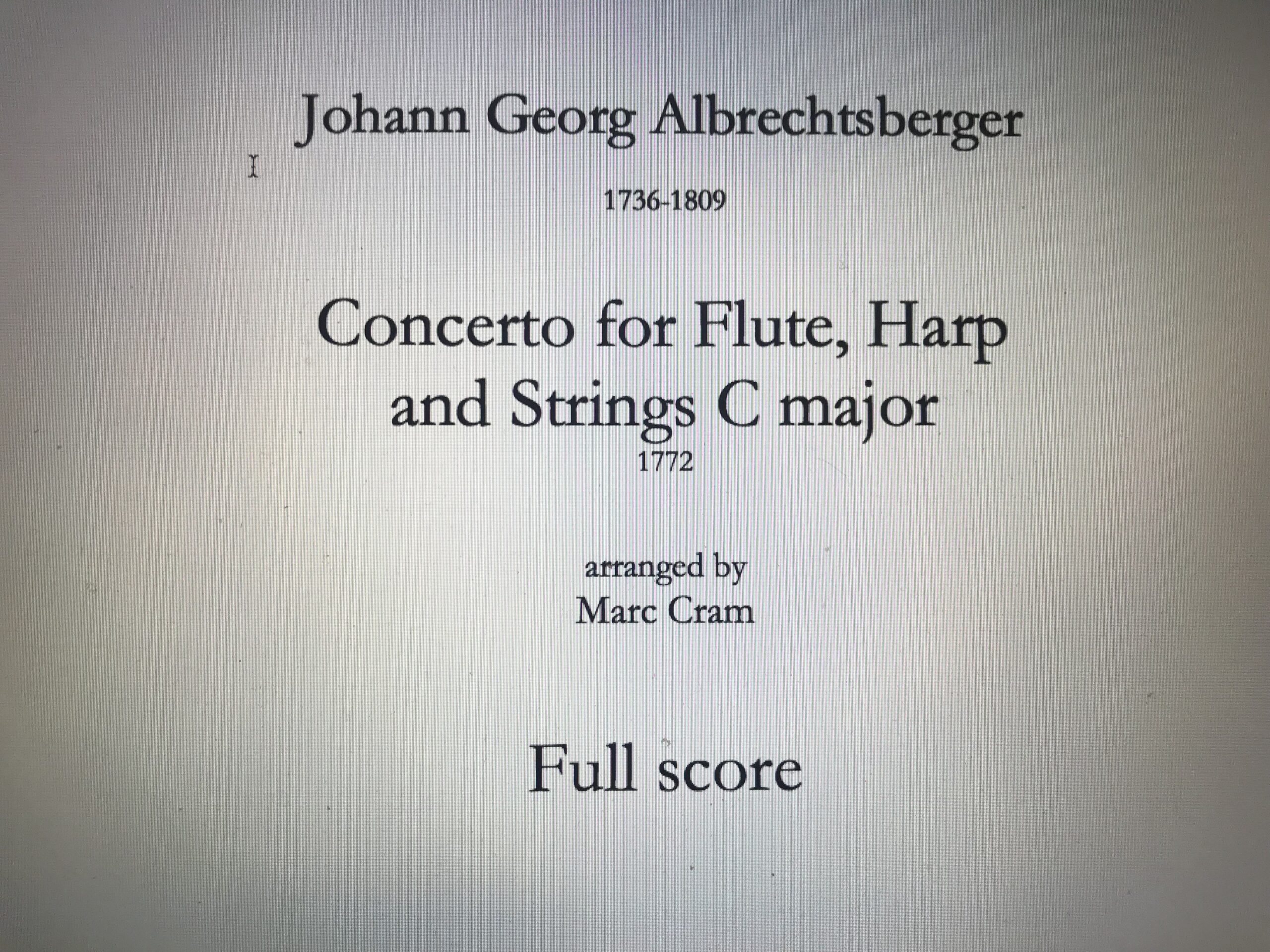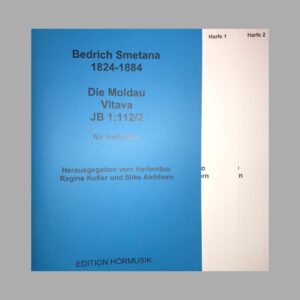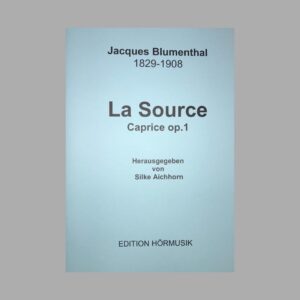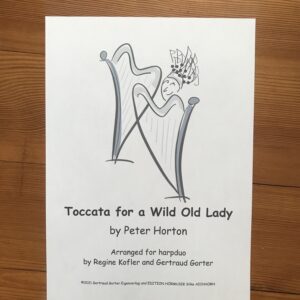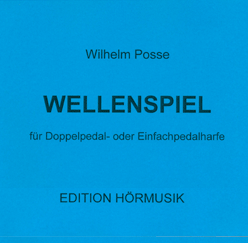Beschreibung
Link zum Download bei Harpcolumnmusic
Oder mailen Sie mir einfach !
Preface
Johann Georg Albrechtsberger was born in Klosterneuburg on February 3, 1736 and died in Vienna a March 7, 1809. As a young boy he used to sing in a local choir in his Austria hometown, where he also attended his first classes held by Leopold Pittner. As composer, he seemed to largely teach himself. His activities as organist took him to Gyor (Hungary) and Maria Taferl (apace in Lower Austria), before he stayed in Melk Abbey from 1760 to 1771, he was appointed regens chori (preceptor) of the Carmelites in Vienna, deputy court organist in 1772 and first court in1791. Being Mozart’s successor, he was promoted to chapel master at St.Stephen’s Cathedral Vienna in 1793.
About the work
Albrechtsberger’s compositional work focused mainly on church music, although he also wrote free organ concertos, a number of string quartet fugues as well as some symphonies, solo concertos an chamber music. There are two known musical works of Johann Georg Albrechtsberger, the Harp Concerto in c-Major, 1773, and the boyant Partita in C-Major, 1772, for flute, harp and basso. As these two piesces of music were written with a temporal distance of one year, one could assume that his Partita inspired Albrechtsberger to compose the Harp Concert one year later. The Harp Concerto has given rise to the idea to add a string accompaniment to this tuneful Partita in C-Major for flute und basso, namely a concerto for flute and harp in three movements. The Minuet has not been included. The parts for flute, harp and basso have been adopted from the original and are comprised in the string parts, while the harp harmonies have been copied as well. A cadenza has been appended for the first and second movement. The musical pieces is not challenging and may therefore be played at sight by the soloists.
A second concerto for flute and harp has thus been created that constitutes a good counterpart to Mozart’s Harp Concerto.
Marc Cram
